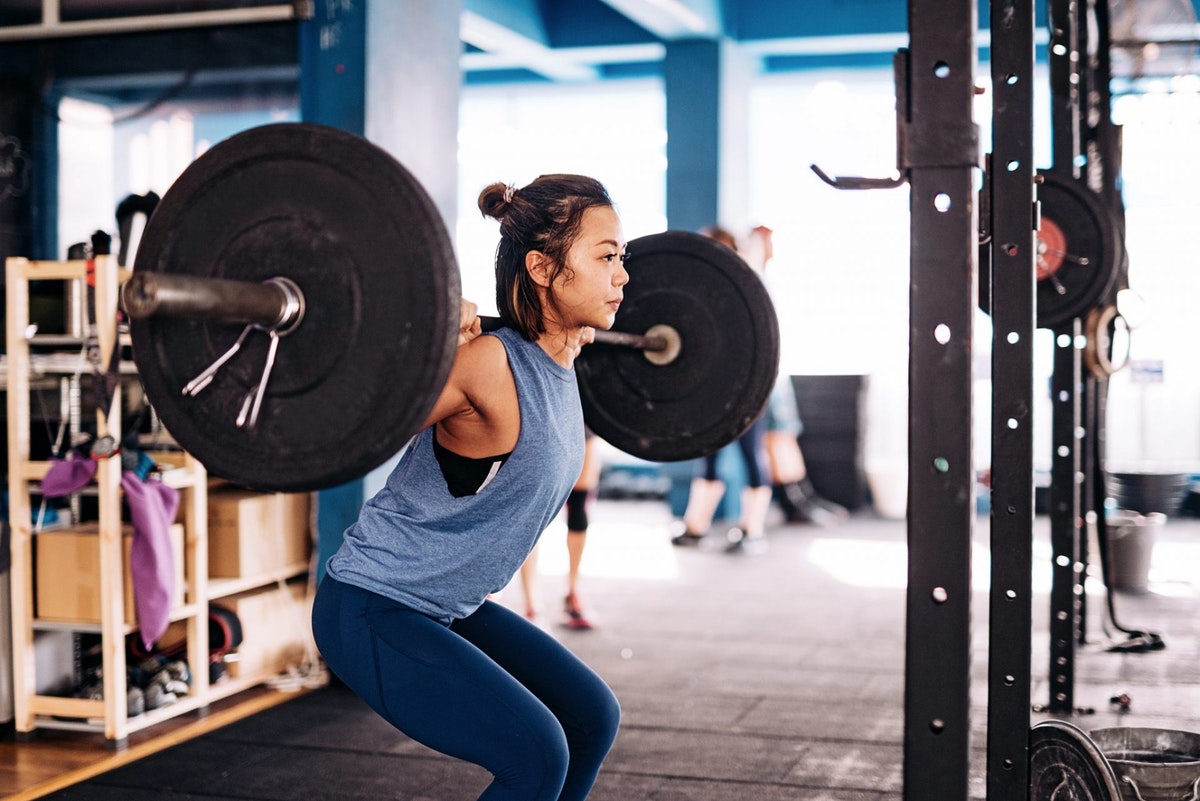We give thanks to bodyweight exercises and resistance bands for getting us through the past four months. But now gyms are back in our lives, we can start focusing on different styles of training outside of circuits in our living room.
That might mean training with a strength-gaining focus, or perhaps you might want to start playing with your set and rep ranges by including drop sets or strength-endurance training. Hypertrophy is something we can all be considering, too, says trainer Veowna Charles: “If you want to boost performance in whatever sport you choose, hypertrophy is going to be quite important.”
But what is it? Each week, we ask fitness trainers to answer the most googled questions from women who want to get into weight training. This week, Veowna Charles and Strong Women Collective’s Emma Obayuvana are here to explain what hypertrophy is and how it occurs in your training.
What is hypertrophy?
Veowna Charles:
“Hypertrophy is the development of muscle size and shape. It’s basically building your muscles to get them larger and stronger.”
Emma Obayuvana:
“Hypertrophy is basically any increase in the size of the muscle or an increase and growth of the muscle fibres. So it’s about the size and the density of the muscles.”
How does hypertrophy occur?
Emma Obayuvana:
“There are two processes involved in hypertrophy. The first is what happens when you’re training. Your muscles undergo contractions and you get damage to the fibres, you get these little tears from the increased demand on the muscle during the workout. But then the second is what happens when we rest. New cells are generated and the muscles can repair, which is how the muscle gets bigger and bigger.”
What sets and reps should you do for hypertrophy?
Veowna Charles:
“Hypertrophy happens when you’re training based on that goal pattern.There’s different principles that you need to follow. You need to think about frequency, so training around three to four times a week. Then the intensity, so we should be doing exercises for eight to 12 reps and for two to four sets. We should also be lifting at around 70-80% of your one rep max. Then there’s the type of training, and there’s endless ways to resistance train, such as basic sets in succession or you can do them as supersets, tri-sets, or other ways.”
Do you need to lift heavy weights for hypertrophy?
Veowna Charles:
“‘Heavy’ is definitely relative to the type of person that is training. If you’re a complete beginner who’s never lifted weights before, it will be different to someone who is well-trained. In both of those camps, ‘heavy’ can range from anything from 8kg to 40kg. Your genetics, your sleep, your lifestyle, injuries and health conditions all come into it, too. That’s why we aim for a high percentage of your own maximum.”
Emma Obayuvana:
“You’ve got to shift weight that is challenging, and you have to progressively overload it. That means that when it starts getting easier you have to increase the resistance by adding more weight or changing the tempo. I would say mix up the weights, ranging from heavy with low reps and lighter with more reps and different ranges and timings, as long as it challenges you.”
Follow @StrongWomenUK on Instagram for the latest workouts, delicious recipes and motivation from your favourite fitness experts.
Images: Getty


